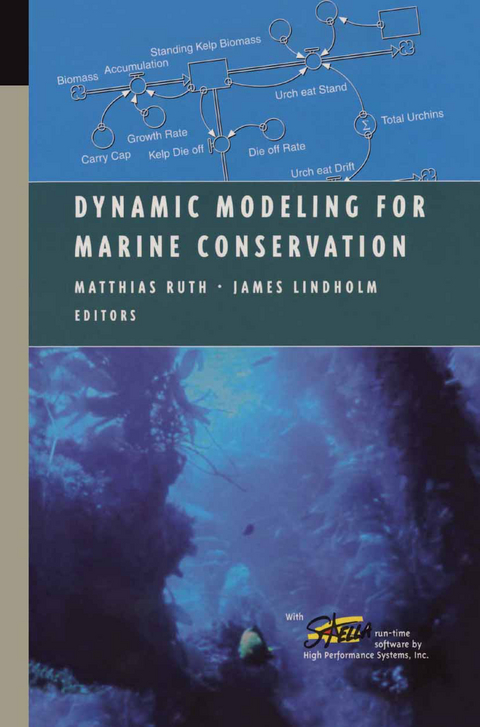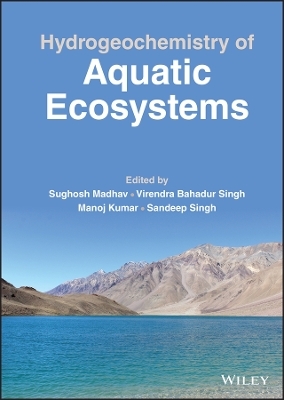
Dynamic Modeling for Marine Conservation
Springer-Verlag New York Inc.
978-0-387-95317-5 (ISBN)
Foreword.- Series Preface.- Acknowledgments.- Contributors.- I. Concepts and Techniques.- 1. Introduction.- 2. Modeling in STELLA.- 3. Predator-Prey Dynamics.- 4. Epidemics in the Marine System.- 5. Impact of Fishing Pressure on Mean Length of Fish.- 6. Spatial Fisheries Model.- II. Applications.- 7. Modeling Atmosphere-Ocean Interactions and Primary Productivity.- 8. Impact of Dynamic Light and Nutrient Environments on Phytoplankton Communities in the oastal Ocean.- 9. Modeling Eelgrass (Zostera marina L.) Distributions in Great Bay, New Hampshire.- 10. Life-Stage-Based Recovery Dynamics of Marine Invertebrates in Soft-Sediment Habitats.- 11. Horseshoe Crabs and Shorebirds.- 12. Kelp, Urchins and Otters in the California Coastal Region.- 13. Nile Perch Population Dynamics in Lake Victoria: Implications for Management and Conservation.- 14. Dynamics of Multiple Fish Species Under Variable Levels of Exploitation.- 15. Fish Population Responses to Sea Floor Habitat Alteration: Implications for the Design of Marine Protected Areas.- 16. Management of the Commons: Social Behavior and Resource Extraction.- 17. An Age-Structured Model of Fish Population Enhancement: Implications for Conservation and Economic Sustainability.- 18. The Global Shrimp Market.- III. Conclusion.- 19. Reflections on the Parts and the Whole.- Appendix: Installation Instructions for Dynamic Modeling for Marine Conservation.- References.
From the reviews:"The main aim of this book is to explore the ecological complexity in marine systems in the light of setting a new conservation agenda using the power of dynamic modeling via the graphical programming language of STELLA Research software. … I recommend this book to anyone interested in actively learning about and understanding the new challenges in marine conservation and related issues." (Andrea Belgrano, Ecology, Vol. 83 (9), 2002)
| Reihe/Serie | Modeling Dynamic Systems |
|---|---|
| Vorwort | E.A. Norse |
| Zusatzinfo | XX, 449 p. |
| Verlagsort | New York, NY |
| Sprache | englisch |
| Maße | 155 x 235 mm |
| Themenwelt | Naturwissenschaften ► Biologie ► Limnologie / Meeresbiologie |
| Naturwissenschaften ► Biologie ► Ökologie / Naturschutz | |
| Naturwissenschaften ► Biologie ► Zoologie | |
| ISBN-10 | 0-387-95317-5 / 0387953175 |
| ISBN-13 | 978-0-387-95317-5 / 9780387953175 |
| Zustand | Neuware |
| Haben Sie eine Frage zum Produkt? |
aus dem Bereich


